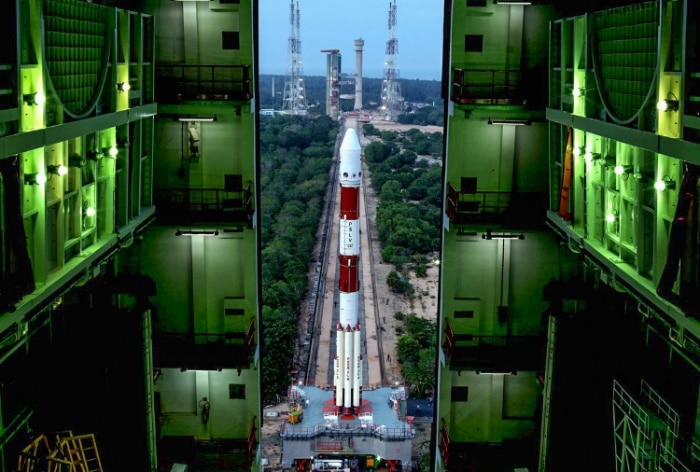The Aditya-L1 mission is scheduled to be launched on September 2 at 11.50 am from the Sriharikota spaceport and will be the first dedicated Indian space mission for observations of the Sun.
Bengaluru: Coming off a successful lunar mission–Chandrayaan-3– which made India the first nation to land on the lunar South Pole and fourth overall to leave its imprints on the Moon– the country’s premier space agency, ISRO, has now set its sights on the Sun as it prepares to launch its ambitious solar mission– the Aditya-L1– which is scheduled for launch on September 2 (Friday).
On Wednesday, the Indian Space Research Organization (ISRO) provided an update on the mission status of Aditya- L1, informing that the launch rehearsal has been completed and the internal checks of the rocket have also been done.
The Aditya-L1 mission is scheduled to be launched on September 2 at 11.50 am from the Sriharikota spaceport.
Aditya-L1 spacecraft is designed for providing remote observations of the solar corona and in situ observations of the solar wind at L1 (Sun-Earth Lagrangian point), which is about 1.5 million kilometres from the earth.
It will be the first dedicated Indian space mission for observations of the Sun to be launched by the Bengaluru-headquartered space agency. The spacecraft — the first space-based Indian observatory to study the Sun — would be launched by PSLV-C57 rocket.
“The preparations for the launch are progressing”, ISRO said in a social media post today. “The Launch Rehearsal – Vehicle Internal Checks are completed”.
The Aditya-L1 mission, aimed at studying the Sun from an orbit around the L1, would carry seven payloads to observe the photosphere, chromosphere and the outermost layers of the Sun, the corona, in different wavebands. Aditya-L1 is a fully indigenous effort with the participation of national institutions., an ISRO official said.
The Bengaluru-based Indian Institute of Astrophysics (IIA) is the lead institute for the development of Visible Emission Line Coronagraph payload. Inter-University Centre for Astronomy and Astrophysics, Pune, has developed the Solar Ultraviolet Imager payload for the mission.
Aditya-L1 can provide observations on the corona, and on the solar Chromosphere using the UV payload and on the flares using the X-ray payloads. The particle detectors and the magnetometer payload can provide information on charged particles and the magnetic field reaching the halo orbit around L1.
(With PTI inputs)

Don’t Miss Out on the Latest Updates.
Subscribe to Our Newsletter Today!


